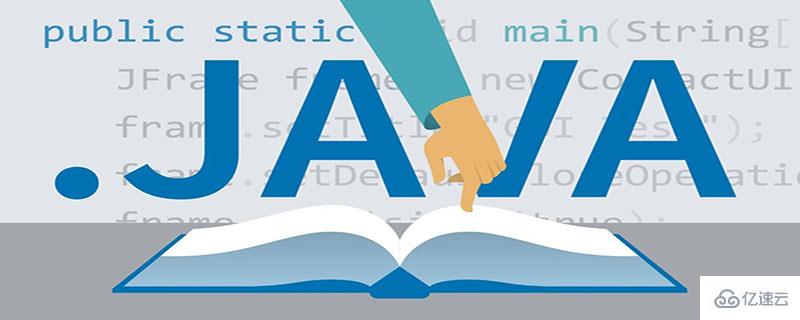这篇文章将为大家详细讲解有关java创建线程池有几种方式,小编觉得挺实用的,因此分享给大家做个参考,希望大家阅读完这篇文章后可以有所收获。
java创建线程池的四种方式是:1、newCachedThreadPool创建一个可缓存线程池;2、newFixedThreadPool创建一个定长线程池;3、newScheduledThreadPool创建一个定长线程池。

Java通过Executors提供四种线程池,分别为:
newCachedThreadPool创建一个可缓存线程池,如果线程池长度超过处理需要,可灵活回收空闲线程,若无可回收,则新建线程。
newFixedThreadPool 创建一个定长线程池,可控制线程最大并发数,超出的线程会在队列中等待。
newScheduledThreadPool 创建一个定长线程池,支持定时及周期性任务执行。
newSingleThreadExecutor 创建一个单线程化的线程池,它只会用唯一的工作线程来执行任务,保证所有任务按照指定顺序(FIFO, LIFO, 优先级)执行。
详细内容可参见博友的博客Java并发编程:线程池的使用
1.newCachedThreadPool 这里的线程池是无限大的,当一个线程完成任务之后,这个线程可以接下来完成将要分配的任务,而不是创建一个新的线程。
public static void main(String[] args) {
ExecutorService cachedThreadPool = Executors.newCachedThreadPool();
for (int i = 0; i < 10; i++) {
final int index = i;
try {
Thread.sleep(10);
} catch (InterruptedException e) {
e.printStackTrace();
}
cachedThreadPool.execute(new Runnable() {
public void run() {
System.out.println(index);
}
});
}
}2.newFixedThreadPool
public static void main(String[] args) {
ExecutorService fixedThreadPool = Executors.newFixedThreadPool(3);
for (int i = 0; i < 10; i++) {
final int index = i;
fixedThreadPool.execute(new Runnable() {
public void run() {
try {
System.out.println(index);
Thread.sleep(10);
} catch (InterruptedException e) {
e.printStackTrace();
}
}
});
}
}3.newScheduledThreadPoo
public static void main(String[] args) {
ScheduledExecutorService scheduledThreadPool = Executors.newScheduledThreadPool(5);
for (int i = 0; i < 10; i++) {
scheduledThreadPool.schedule(new Runnable() {
public void run() {
System.out.println("delay 3 seconds");
}
}, 3, TimeUnit.SECONDS);
}
}4.newSingleThreadExecutor 按顺序来执行线程任务 但是不同于单线程,这个线程池只是只能存在一个线程,这个线程死后另外一个线程会补上
public static void main(String[] args) {
ExecutorService singleThreadExecutor = Executors.newSingleThreadExecutor();
for (int i = 0; i < 10; i++) {
final int index = i;
singleThreadExecutor.execute(new Runnable() {
public void run() {
/* System.out.println(index);*/
try {
System.out.println(index);
Thread.sleep(2000);
} catch (InterruptedException e) {
e.printStackTrace();
}
}
});
}
}关于java创建线程池有几种方式就分享到这里了,希望以上内容可以对大家有一定的帮助,可以学到更多知识。如果觉得文章不错,可以把它分享出去让更多的人看到。
免责声明:本站发布的内容(图片、视频和文字)以原创、转载和分享为主,文章观点不代表本网站立场,如果涉及侵权请联系站长邮箱:is@yisu.com进行举报,并提供相关证据,一经查实,将立刻删除涉嫌侵权内容。